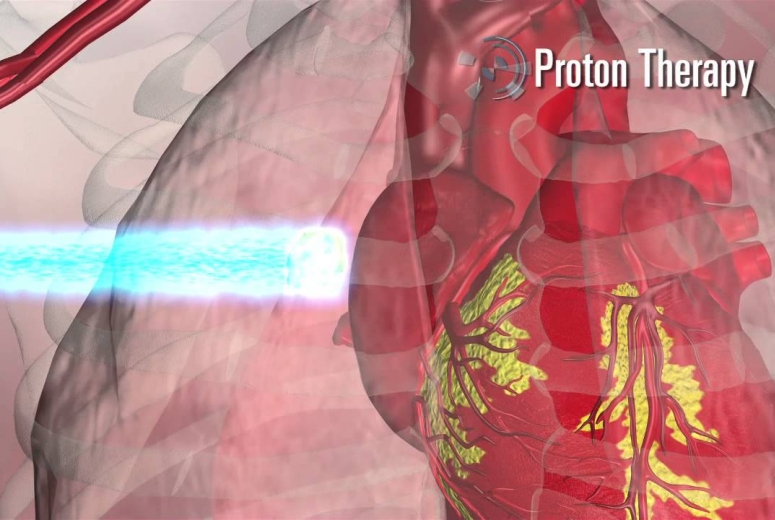What is Proton Therapy?
Proton radiation treatment, or proton beam therapy, is the most precise and advanced form of radiation therapy available today. It is a painless, non-invasive treatment that allows patients to maintain their quality of life and quickly resume normal activities. This is because proton therapy allows physicians to deliver full or higher treatment dosages that destroy the main tumor site without causing harm to surrounding healthy tissue or organs.
What Makes Proton Therapy Better?
Proton therapy is a better than standard radiation therapy for cancer because it is more precise and causes less damage to a patient’s body. Conventional radiation therapy uses photons, X-rays, to attack cancerous and noncancerous tumors.
Photon beams carry a low radiation charge and have a much lower mass than proton beams. As a consequence, much of a photon beam’s energy is deposited in the healthy tissue surrounding a tumor causing side effects and unnecessary tissue damage while sometimes not even reaching the tumor with an adequate dose of radiation.
In contrast, protons carry a charge and have a greater mass than photons. This allows them to be energized to specific velocities. As the protons travel through the body they slow down as they interact with electrons. When they have slowed down sufficiently, they release a burst of energy. By regulating the velocity of the protons, a physician can design the proton radiation treatment so this burst occurs at the precise site of the cancer or benign tumor, minimizing damage to healthy tissue.
The greater control offered by proton radiation is also what allows physicians to offer superior treatment management. It also contributes to the quicker recovery times and minimal side effects. Though proton therapy treatment is painless and non-invasive there are some potential side effects including nausea, vomiting or diarrhea.

